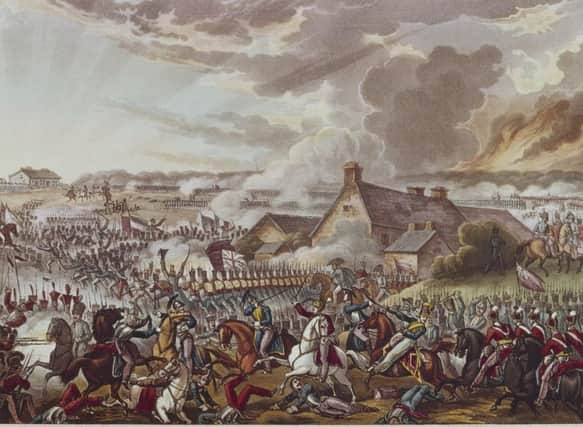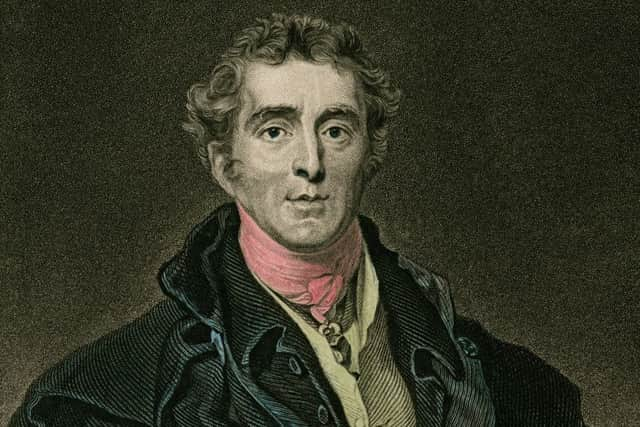Scottish archaeologists primed for Waterloo dig


Now, a team of Scottish archaeological experts has started a major excavation of the Waterloo battlefield in Belgium
The site at Hougoumont Farm south of Brussels is where the Duke of Wellington’s army repelled wave after wave of attacks by Napoleonic forces at a pivotal moment in the conflict.
Advertisement
Hide AdAdvertisement
Hide AdIt is estimated that tens of thousands of troops lost their lives during the bloody encounter but little is known about how the battle played out.


The international team of researchers, led by Dr Tony Pollard from the University of Glasgow, hope their work will shed light on the historic event and possibly even uncover a mass grave of soldiers.
The project, known as Operation Nightingale, aims to transform the public’s understanding of a the battle on 18 June 1815 which created modern Europe and brought the Napoleonic era to an end.
Dr Pollard and his team are carrying out the first large-scale archaeological survey of the site and believe their work could end centuries of speculation.
The director of the university’s Centre of Battlefield Archaeology said that the chance to study the battlefield represented a “once in a lifetime opportunity”.
He explained: “The full team has only been working on site for two days and we have made some very interesting discoveries. History tells us who won the battle but understanding what happened has until now relied on first-hand accounts and reports of the battle that in some cases are either confusing or biased.
“We hope archaeology can provide answers to many of the questions about Waterloo that remain unanswered.”
The team has already started to explore the area of a former wood that dominated the French army’s approach to the farm buildings.
Advertisement
Hide AdAdvertisement
Hide AdA number of spent and unfired musket shots fired by British and French troops have been found at the southern extremity of the wood, a discovery Dr Pollard believes is important.
“We know that shots were exchanged between the French and Allied armies in these woods during the night before the battle, as the French probed the allied position and the first real fighting took place in the same spot,” he added.
“I am confident these shots were fired very early in the battle, probably in the first exchanges.”
Some of the team taking part in Operation Nightingale are members of the armed forces and veterans who have experienced trauma during service.
The scheme, part of the Waterloo Uncovered initiative, aims to partner current and former armed forces personnel with experienced conflict archaeologists.
Another member, Gaille MacKinnon, from the Centre for Anatomy and Human Identification (CAHID) at Dundee University, will oversee the investigation of any graves discovered.
Mark Evans, project co-ordinator of Waterloo Uncovered, said: “It’s been amazing. Our team of soldiers, veterans and top archaeologists has worked so well together and achieved so much. Understanding what happened in the woods is key to understanding what happened at Hougoumont. “Having soldiers – with real experience of battle – offers a unique perspective.”